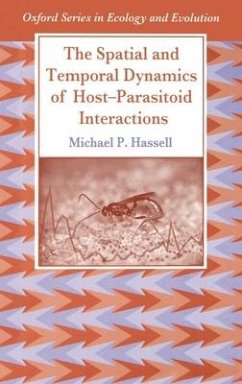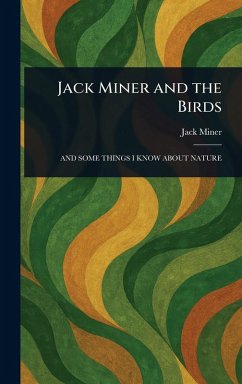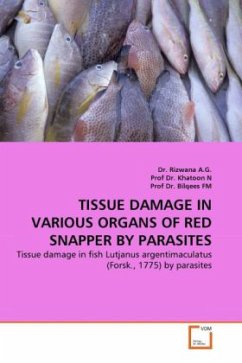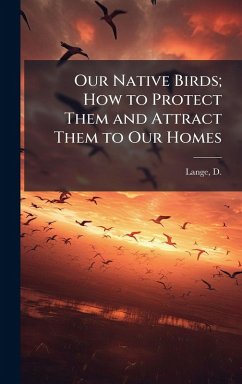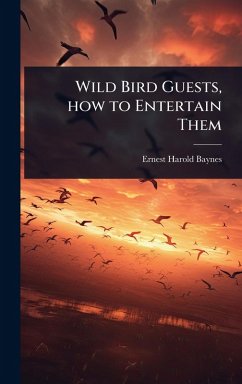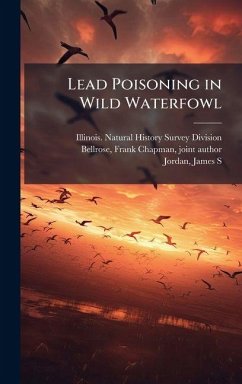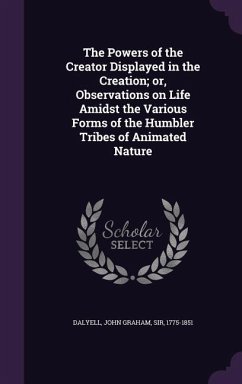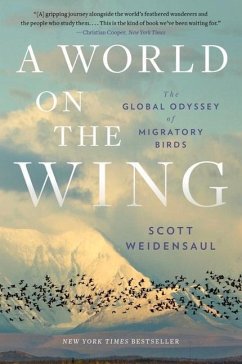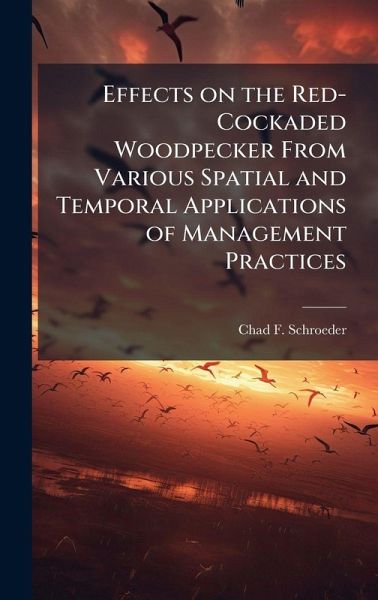
Effects on the Red-Cockaded Woodpecker From Various Spatial and Temporal Applications of Management Practices
Versandkostenfrei!
Versandfertig in über 4 Wochen
31,99 €
inkl. MwSt.
Weitere Ausgaben:

PAYBACK Punkte
16 °P sammeln!
The Red-Cockaded Woodpecker (RCW) is am endangered species endemic to the southeastern pine forests in the United States. RCWs are cooperative breeding birds that live together in clusters of old-growth pine trees (over ninety years old) in which they construct their nesting cavities. The cavities are constructed in living pines, which are predominantly longleaf pines. RCWs also forage upon older pines (over thirty years old) for their mainly insect diet. Moreover, RCWs prefer to forage on longleaf pines. There are many Department of Defense (DoD) installations in the southeastern United State...
The Red-Cockaded Woodpecker (RCW) is am endangered species endemic to the southeastern pine forests in the United States. RCWs are cooperative breeding birds that live together in clusters of old-growth pine trees (over ninety years old) in which they construct their nesting cavities. The cavities are constructed in living pines, which are predominantly longleaf pines. RCWs also forage upon older pines (over thirty years old) for their mainly insect diet. Moreover, RCWs prefer to forage on longleaf pines. There are many Department of Defense (DoD) installations in the southeastern United States that contain RCW populations. The Endangered Species Act, along with other DoD regulations, requires installations to protect the RCWs and restore their habitat. Different strategies are used to manage the RCW. A popular management practice converts off-site (non-native) pines back to a region's indigenous pines. Conversion provides the best long-term RCW habitat; however, the initial habitat fragmentation from off-site pine removal may be detrimental to RCW populations. Shaw AFB, SC manages a small RCW population on the Poinsett Weapons Range (PWR). This work has been selected by scholars as being culturally important, and is part of the knowledge base of civilization as we know it. This work was reproduced from the original artifact, and remains as true to the original work as possible. Therefore, you will see the original copyright references, library stamps (as most of these works have been housed in our most important libraries around the world), and other notations in the work. This work is in the public domain in the United States of America, and possibly other nations. Within the United States, you may freely copy and distribute this work, as no entity (individual or corporate) has a copyright on the body of the work. As a reproduction of a historical artifact, this work may contain missing or blurred pages, poor pictures, errant marks, etc. Scholars believe, and we concur, that this work is important enough to be preserved, reproduced, and made generally available to the public. We appreciate your support of the preservation process, and thank you for being an important part of keeping this knowledge alive and relevant.



